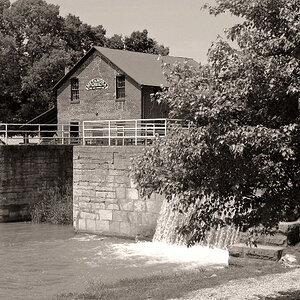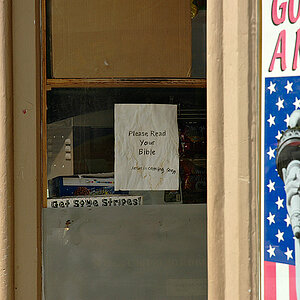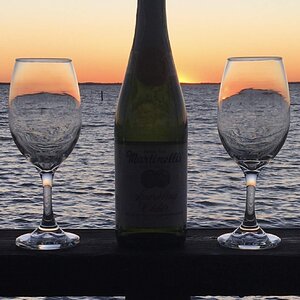Senor Hound
TPF Noob!
- Joined
- Apr 23, 2008
- Messages
- 1,425
- Reaction score
- 0
- Location
- La la land...
- Can others edit my Photos
- Photos OK to edit
I for one understand the journalistic integrity of a photo, which is why I said its ALMOST too much to bear. I understand we need to look at it, if for any reason to hopefully prevent the mistakes we have made in our past. Anyway, its interesting how many differing opinions there are on the issue.
BTW, America only censors sexual content. If you had a photo in a teen magazine of someone killing someone else, it would get much less criticism than a photo of a nude, non-sexual human body. I'm not saying its right or wrong, its just very selective here in the US.
BTW, America only censors sexual content. If you had a photo in a teen magazine of someone killing someone else, it would get much less criticism than a photo of a nude, non-sexual human body. I'm not saying its right or wrong, its just very selective here in the US.


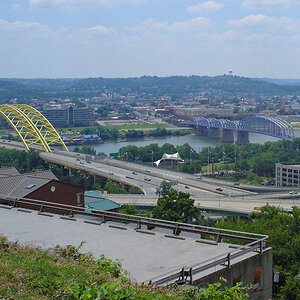
![[No title]](/data/xfmg/thumbnail/37/37606-3c9ffb5906173fa2aa489341967e1468.jpg?1619738148)
![[No title]](/data/xfmg/thumbnail/35/35880-9a6926237907ab72b42781d9a09698a6.jpg?1619737209)
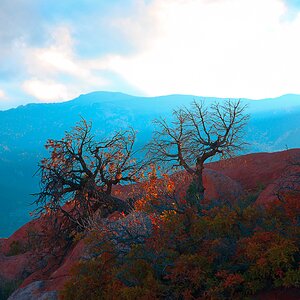
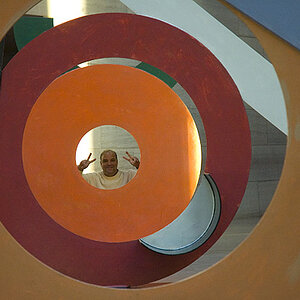

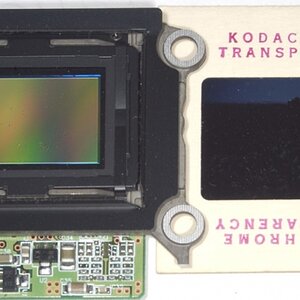
![[No title]](/data/xfmg/thumbnail/33/33447-c3f5563c9b8b1f19498a3062f60f92b1.jpg?1619735973)
